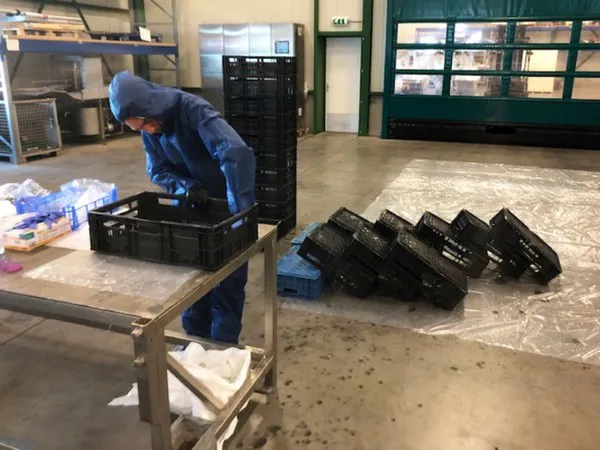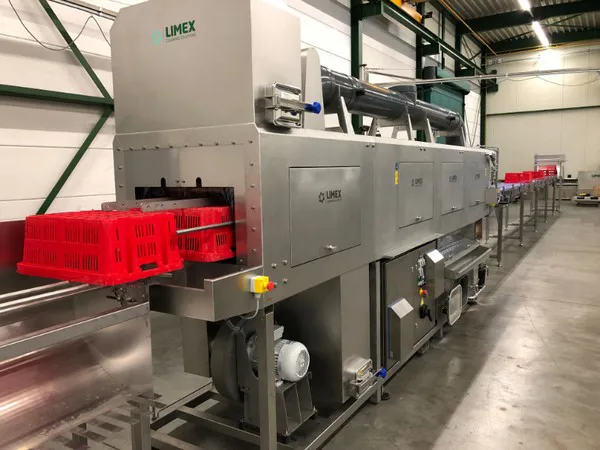People have been aware of the existence of the 'Tomato Brown Rugose Fruit Virus' (ToBRFV) for several years. The virus has now spread across several continents and is also appearing ever more often in the Netherlands. For some time now, Limex has been intensively involved with nurseries that are concerned about ToBRFV. The team is in close contact with nurseries all over the world, locally with nurseries in the Netherlands and internationally from Israel to the United States.
Crates, trays and carts: a potential threat to cultivation
The virus can be spread in a variety of ways, e.g. via seed trays, plant carts, logistics crates, etc. In short, any flows coming in from outside the nursery are a potential risk for cultivation.
Limex decided to set up its own research into the effects of washing processes on the possible removal of ToBRFV from seed trays and harvest crates. The research included several trials by an independent and professional laboratory.
The NVWA (the Dutch Food and Consumer Product Safety Authority) classified the Tomato Brown Rugose Fruit Virus as quarantine-worthy as of 4 October 2019. From that moment on, using the virus for trials was no longer allowed. On the laboratory's advice, the company decided to choose an alternative virus: the Cucumber Fur Virus (CGMMV).

Research into virus removal from crates.
5 washing processes tested, virus removed 5x
Limex has more than thirty years of experience with crate cleaning. This experience led to test five different and carefully chosen washing processes. These five washing processes varied in temperature, residence time in the washer and the cleaning agent/disinfectant. The spray pattern and washing pressure were identical in every situation because if too many parameters change, it becomes difficult to determine which parameter makes the difference.
Ten harvest crates were contaminated by the laboratory technician for each test variant. "We consciously chose to use crates that had been in circulation for several years because of the presence of minor damage and rough patches, to ensure a true reflection of a practical situation. After all, a brand-new crate with smooth, clear plastic is much easier to clean than a well-used crate," explains the team with Limex.
Outcome of the tests: five different washing processes, five effective tests. The virus was removed in all cases.
 Limex crate washer.
Limex crate washer.
Provide Limex washer with correct parameters
Limex is very pleased with the results of this research. The acquired knowledge enables the company to provide nurseries with good advice. In many cases, an upgrade of existing Limex washers is sufficient for fighting the tomato virus. In other cases, an extension or replacement of the washer is required.
"It goes without saying that we are ready to assist nurseries wanting to know more about the various tests and their outcomes. However, no matter what brand or age your washer is, it must always be properly maintained and cleaned. Make sure to keep filters and nozzles clean, because only then can the machine unleash its full cleaning effect to the product."
For more information:
Limex
Joep Janssen
+31 (0)7 730 744 12
sales@limex.nl
